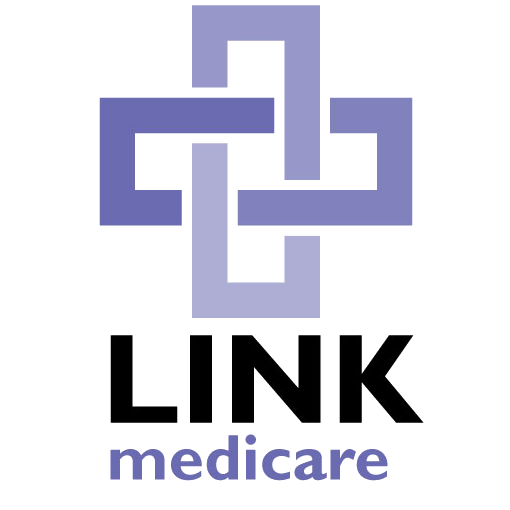29 Jul Breast Diseases in Women
• Major breast diseases affect women: breast cancer and fibrocystic breast disease.
• Breast cancer is the most frequently diagnosed in women throughout the world: the leading cause of death
due to cancer in developing countries (lung cancer deaths exceed breast cancer deaths in developed
countries).
• Risk: any number of inherited gene mutations (such as BRCA1 and BRCA2 mutations, and others): a strong
family history of breast cancer.
o Chest radiation early in life predisposes a woman to breast cancer.
o Unopposed estrogen before or after menopause can increase the risk.
• Less significant predisposing factors:
o Drinking alcohol,
o An older first-time mother,
o Exposed to diethylstilbestrol in utero,
o Using hormone replacement therapy,
o Never having children, or
o Having other types of cancers (uterine, ovarian, and colon)
• No symptoms in early breast cancer: may be found only on an abnormal mammogram
• Finding a hard lump in the breast: possibility of the lump being cancerous include:
o Increase in breast size,
o An abnormality in the breast shape,
o Dimpling of the skin over the lump,
o Skin changes in the breast (orange-peel appearance),
o Nipple inversion,
o Lump in the axilla,
o Bleeding from the nipple
• . Any of these changes: fine-needle aspiration of the breast: look for atypia or cancerous changes.
• Most common breast cancer type: DCIS or ductal carcinoma in situ: localized cancerous changes in the ducts
of the breasts. IDC or invasive ductal carcinoma: spreads beyond the duct itself and enters the parenchyma.
• Lobular carcinoma in situ: localized cancerous changes in the lobules of the breasts: spread to involve
tissue beyond a single lobule: invasive lobular carcinoma.
• Rarer types of breast cancer:
o Tubular carcinoma,
o Medullary carcinoma,
o Papillary carcinoma,
o Cribriform carcinoma,
o Inflammatory breast cancer, and
o Paget’s disease of the nipple.
• Management:
o Surgery to remove the cancer, a portion of the breast, or the entire breast,
o Chemotherapy or
o Hormone therapy, and radiation therapy.
• Advanced cancer:
o Surgery can range from a lumpectomy to a total or even bilateral mastectomy.
o Radiation is usually external beam radiation but can involve partial irradiation of the breast.
• Metastatic disease: Both hormonal therapy and chemotherapy.
o Common chemotherapy agents:
Docetaxel,
Cyclophosphamide,
Carboplatin,
Methotrexate,
Doxorubicin, and
Trastuzumab.
Two selective-estrogen receptor modulators (SERMs) used to treat breast cancer. Tamoxifen and raloxifene
• Fibrocystic breast disease: more common than breast cancer,
• Involves
o Lumpy or rope-like texture to the breasts
o Excess of nodular or glandular tissue: form cysts: feel like smooth lumps in the breast tissue
• Fibrocystic breast disease: more symptomatic than breast cancer,
o Breast pain, and
o Swelling being common symptoms.
• Risk factors for fibrocystic breast disease:
o More prevalent in Caucasians,
o Ashkenazi Jews, and in
o Women of high socioeconomic status.
• Unopposed estrogen exposure may also be.
• Signs and symptoms of fibrocystic breast disease:
o Presence of at least one lump in the breast or Thickening of the breast tissue,
o Generalized pain in the breast or tenderness to palpation of the breast,
o Lumps tend to be larger before the period and smaller after the period,
o Greenish or dark-brown discharge from the nipples,
o The changes are often seen equally in both breasts.
• A mammogram may show dense breasts but won’t show calcifications typically seen in breast cancer.
• Etiology behind fibrocystic breast disease:
o Unknown
o Believed: strongly related to estrogen levels
• Biopsies of fibrocystic disease of the breast:
o multiple fluid-filled circular cysts and a predominance of fibrous tissue in the breast tissue.
o Overgrowth or hyperplasia of the cells lining the milk ducts or in the lobules of the breasts.
• Management:
o No symptoms: no treatment necessary for fibrocystic breast disease.
o Very large or painful cysts in the breast: the fine-needle aspiration to drain the fluid from the breast
cyst (collapsing the cyst).
o Less commonly, cysts that recur: surgically resected.
o Pain: over-the-counter pain relievers (such as naproxen sodium, ibuprofen, and acetaminophen).
o Birth control pills: effective in reducing the symptoms of fibrocystic breast disease.


Sorry, the comment form is closed at this time.